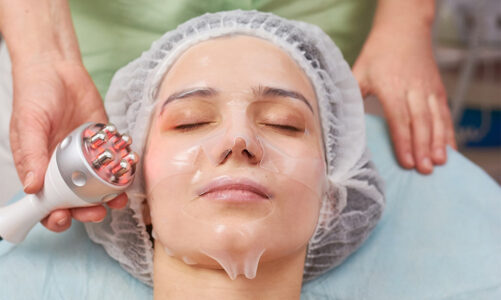It may take some time to acquire the hang of using a breast pump, as with any other ability. Regardless of whether you are using a breast pump from Baby Express or pumping manually, the trick is to be patient, even if you cannot express yourself as fully as you would like right away. After all, a breast pump does not elicit the same emotions in you that your kid does. However, your body will typically learn to stimulate your let-down response when you pump over time, and the amount of milk you express should rise.
1. Don’t Be Hasty
You and your infant work together during the first four weeks to begin and develop your milk production. You won’t need a pump if your baby is healthy and breastfeeding is going well. Pumping, on the other hand, is quite useful if you need to be away from your baby at any moment (see advice below). If not, enjoy this time with your baby and know that even if you want to pump frequently in the future, there is no need to ‘teach’ your body to express milk in the first few weeks.
If your infant is unable to feed directly from the breast, maybe due to preterm birth or specific needs, or if you are separated for whatever reason, you should begin double pumping as soon as possible after birth.
2. The Appropriate Timing
Express for at least 15 minutes during your first breast-pumping session. Don’t be concerned if you don’t gather much milk at first; consistently increased suction will stimulate your breasts to produce more milk.
Some mothers find that pumping one hour after a feed yields the most milk. At the same time, others prefer to pump immediately after every other feed – experiment with different timings to determine what works best for your lifestyle. When you discover times that work for you, stay to them so your body becomes accustomed to using your breast pump and the increased strain on your milk production. You might be tempted to increase the time between expressions in order to gather more milk. However, if you wait until your breasts are full, one pumping session will not adequately empty them. Therefore, the trick is to pump frequently and consistently.
3. Maintain Good Hygiene
Before and after breast pumping, always wash your hands, and clean any pump parts that have come into touch with your milk or your baby’s mouth. You should also sanitise them after cleaning them at least once a day. Allow all of the components to thoroughly dry before storing the pump set in a transparent bag or container until the next time you use it.
4. Be Prepared
To prevent disrupting your breast-pumping session, gather your supplies before you begin. A drink and a snack, your phone or TV remote, milk storage bags or bottles for your extracted milk, and a muslin cloth to mop up any drops are all good ideas.
A specifically constructed breast-pumping bra allows you to leave your hands free while you express, making handling the controls and doing other things much simpler.
5. Make Yourself at Ease
The optimum posture for pumping makes you feel comfortable. Relaxation is required to produce the hormone oxytocin, which induces the let-down reflex. Discomfort and distractions can sabotage this process, so find a discreet and comfortable location and ensure your arms and back are adequately supported as you pump.
Deep breathing, relaxing music, visualisation methods, or having their spouse massage their back and shoulders are all things that some mothers find useful in expressing more milk.




